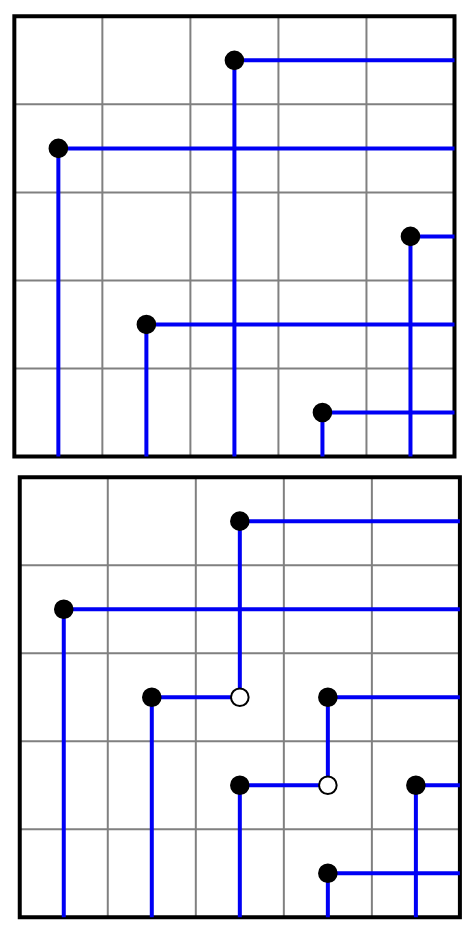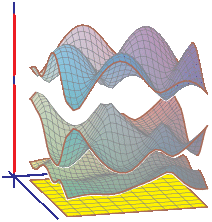Geometry Seminar @ Texas A&M


Spring 2026
This seminar meets on Mondays 3:00-3:50 PM and Fridays 4:00-4:50 PM in Blocker 302.
The organizers are Frank Sottile and others.
| Date | Speaker | Affiliation | Title | Other |
|---|---|---|---|---|
| January 12, 2026 | First day of classes | |||
| January 16, 2026 | ||||
| January 19, 2026 | ||||
| January 23, 2026 | ||||
| January 26, 2026 | ||||
| January 30, 2026 | Ikenna Nometa | Georgia Tech | ||
| February 2, 2026 | ||||
| February 6, 2026 | ||||
| February 9, 2026 | ||||
| February 13, 2026 | ||||
| February 16, 2026 | ||||
| February 20, 2026 | ||||
| February 23, 2026 | ||||
| February 27, 2026 | ||||
| March 2, 2026 | ||||
| March 6, 2026 | ||||
| March 9, 2026 | Spring Break | |||
| March 13, 2026 | Spring Break | |||
| March 16, 2026 | ||||
| March 20, 2026 | ||||
| March 23, 2026 | ||||
| March 27, 2026 | Geller Lecture? | |||
| March 30, 2026 | ||||
| April 3, 2026 | Good Friday | |||
| April 6, 2026 | ||||
| April 10, 2026 | ||||
| April 13, 2026 | ||||
| April 17, 2026 | TAGS | |||
| April 20, 2026 | ||||
| April 24, 2026 | ||||
| April 27, 2026 |